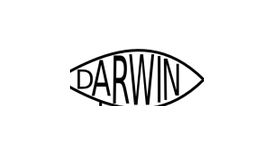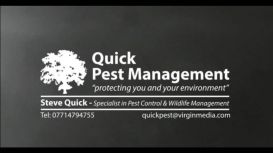
Quick Pest Management
Pest Control Company in Sheffield, South Yorkshire, S13 9XQ
About the Business
Quick Pest Management is an independent family-run company with over 25 years of experience in pest control and wildlife management. We pride ourselves on providing a fast, friendly and highly professional service to all our clients. We hold a wide range of qualifications from major organisations such as the British Pest Control Association, Royal Society for Public Health and Lantra. This provides the reassurance you need when looking for a company you can trust.
Business Services
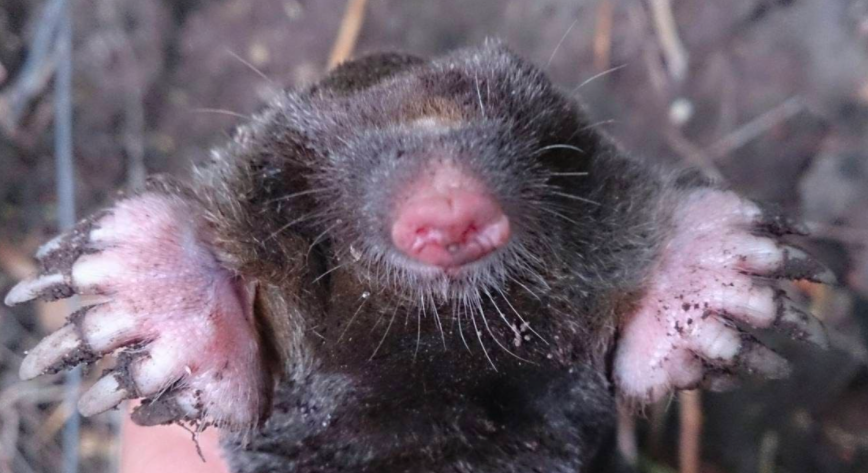
Size : 110-160mm Weight 70-130g.
Features: No external ear flaps, but does have a very good sense of hearing elongated cylindrical body, dark/black very dense velvety fur (although slight colour variations do occur from time to time). Their fur is so dense it traps air very well which helps to make moles very good swimmers. Broad shovel-shaped front paws with five outward-pointing sharp claws, muzzle area covered with ultra-sensitive hairs for detecting movement.
Behaviour: Moles spend the vast majority of their lives underground in tunnels excavated by themselves. They patrol these tunnels searching for worms and small invertebrates that they feed on. Breeding takes place anywhere between Feb to June, depending on the weather conditions. The female gives birth to between 2-7 young but 3-4 is the average litter size. Both the male and female mole are highly territorial and use a scent gland connected to the urinary tract to mark out their territory. When food (worms) are very plentiful moles will bite the heads off of worms and store them for consumption later. The molehills we see are the soil excavated as the moles either dig new tunnels or maintains current ones.
The young are suckled for around a month and then leave/are driven off by the mother. This is the period of a moles life where it spends the most time above ground and as a result, the time when most mortality occurs from predation by foxes, birds of prey, stoats, weasels, cats.
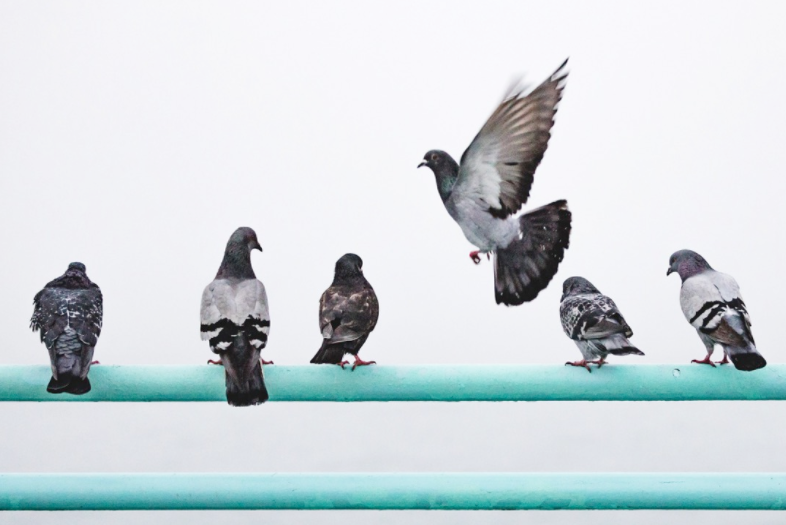
All birds and their eggs are protected by law under the wildlife and countryside act, however certain licences are issued to control birds that are causing a risk to health and safety or damage to agriculture.
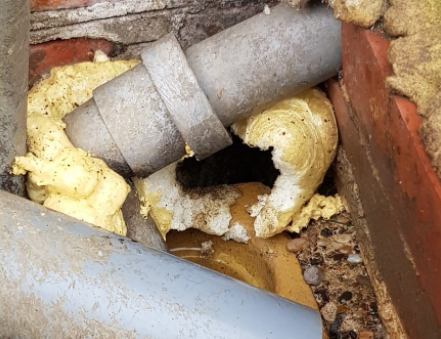
The first signs you may start to suspect you have Rats or Mice in your property could be chewed objects such as electric cabling, food packaging or roof joists. You may also find droppings scattered around and potentially lots of them !. You may also hear scratching or scurrying under floors, in-ceiling voids or in wall cavities.
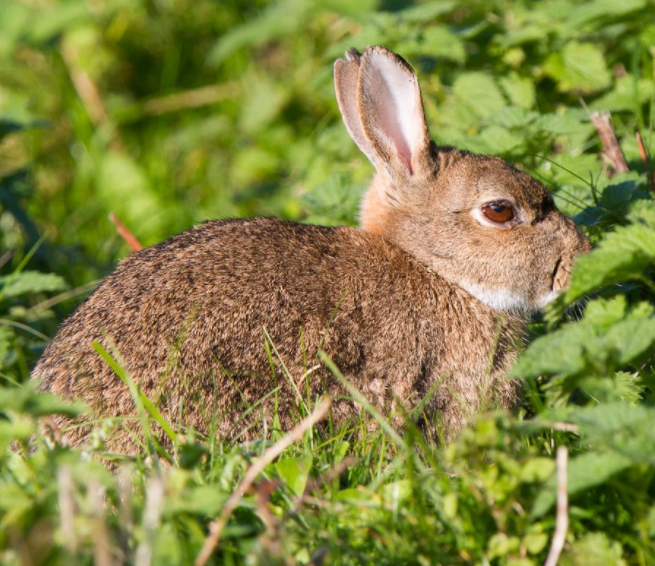
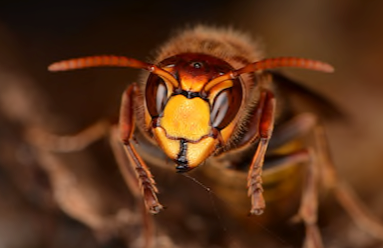
There are 2 main species of wasps in the UK that are likely to be the ones you see when noting wasp activity the common wasp (Vespula Vulgaris) and German Wasp (Vespula Germanica). It is quite easy to tell the two species apart, however, if you’re seeing wasps it's not necessary to have to determine which species it is. Both species carry the same risks and both build nests and live in large groups.
Location & Hours

Coalbrook Ave
Write a Review
-
Website
-
Email Address
-
Office
Quick Pest Management
-
Get Directions
Coalbrook Ave, Sheffield, S13 9XQ
-
Phone
Recently Viewed Listing
Darwin Pest Control
Darwin Pest Control is a amily run business that has grown and evolved ...
Hamdon Pest Control
If you run a business the last thing you want to see are unwanted ...
